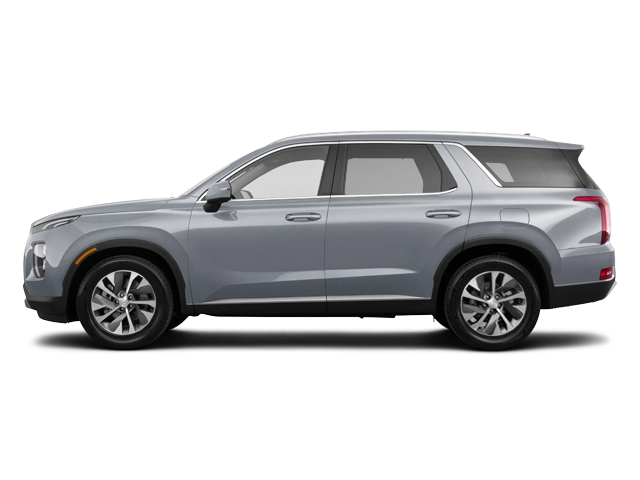2026 Hyundai Palisade Owner's Manual

Table of Contents
2026 Hyundai Palisade Overview
Owner's Manual
The owner’s manual for the 2026 Hyundai Palisade serves as an essential resource for every vehicle owner, providing comprehensive information tailored to enhance your driving experience. This manual details critical aspects such as operational guidelines, maintenance schedules, and troubleshooting tips. Understanding its contents helps ensure the optimal performance and longevity of your Palisade. It serves as a reference for features, warranties, and safety precautions, empowering owners to make informed decisions regarding care and upkeep. Familiarizing yourself with the manual will enable you to harness the full potential of your vehicle, ensuring a safe and pleasurable driving journey.
Introduction
The 2026 Hyundai Palisade emerges as a benchmark for mid-size SUVs, combining style, comfort, and advanced technology for family-focused driving. Boasting a bold exterior design and a spacious interior, the Palisade caters to diverse needs, from everyday commuting to weekend adventures. With generous cargo space and seating for up to eight, it embodies versatility while delivering modern sophistication. As an undeniable leader in its class, the Palisade showcases Hyundai’s commitment to quality craftsmanship and innovative engineering.
Powertrains
The 2026 Hyundai Palisade offers a robust powertrain lineup designed to deliver both efficiency and performance. Under the hood, the vehicle is powered by a refined 3.8-liter V6 engine, producing an exhilarating 291 horsepower while maintaining impressive fuel economy. Paired with an 8-speed automatic transmission, the power transfer is seamless, providing a responsive driving experience. The Palisade also features an available all-wheel-drive system that enhances handling and traction in various driving conditions, making it a reliable choice for all seasons.
Trims
The 2026 Palisade is available in multiple trims: SE, SEL, Limited, and Calligraphy. Each trim offers a unique combination of features to cater to different lifestyles and preferences. The SE trim sets a solid foundation with essential amenities, while the SEL adds comfort-enhancing options such as a larger touchscreen and upgraded audio system. The Limited trim elevates luxury with leather upholstery and advanced technology, and the Calligraphy stands as the pinnacle of opulence, boasting premium materials and exclusive styling elements.
Features
In terms of features, the 2026 Hyundai Palisade is packed with cutting-edge technology and safety innovations. Standard features include a user-friendly infotainment system with Apple CarPlay and Android Auto, versatile seating configurations, and advanced safety features like Hyundai’s SmartSense suite, which includes forward collision warning and lane-keeping assist. The optional feature list includes a panoramic sunroof, a premium audio system, and rear-seat entertainment options, ensuring every journey is enjoyable for all passengers.
User manual download
The Hyundai Palisade owner manual for the 2026 model year is to be found in PDF downloadable format on this page. The owner manual for the model year 2026 is free and in English, but the repair manuals are usually not easy to get and may cost more.
Manual Questions
Fill the form below and someone will help you!

